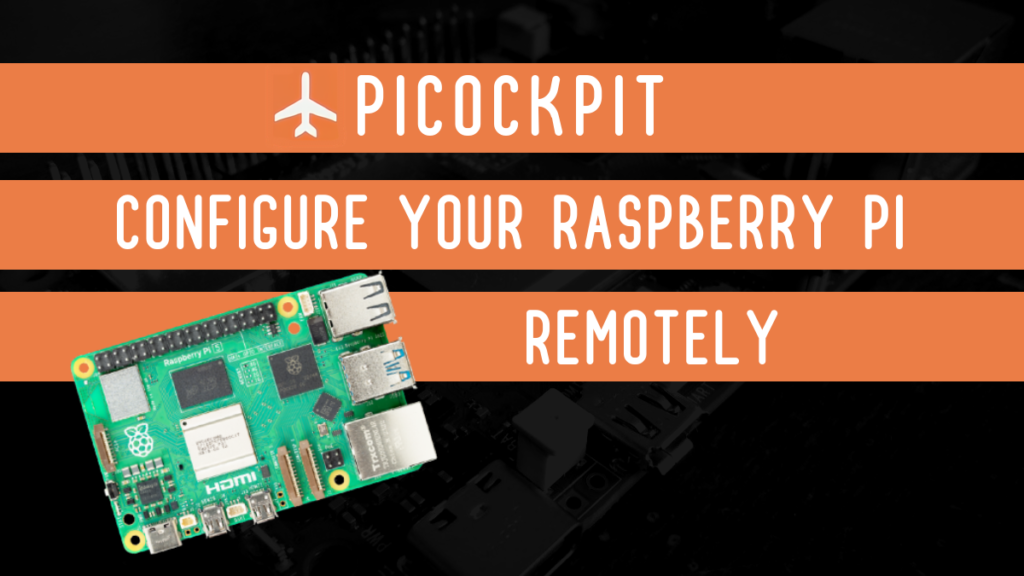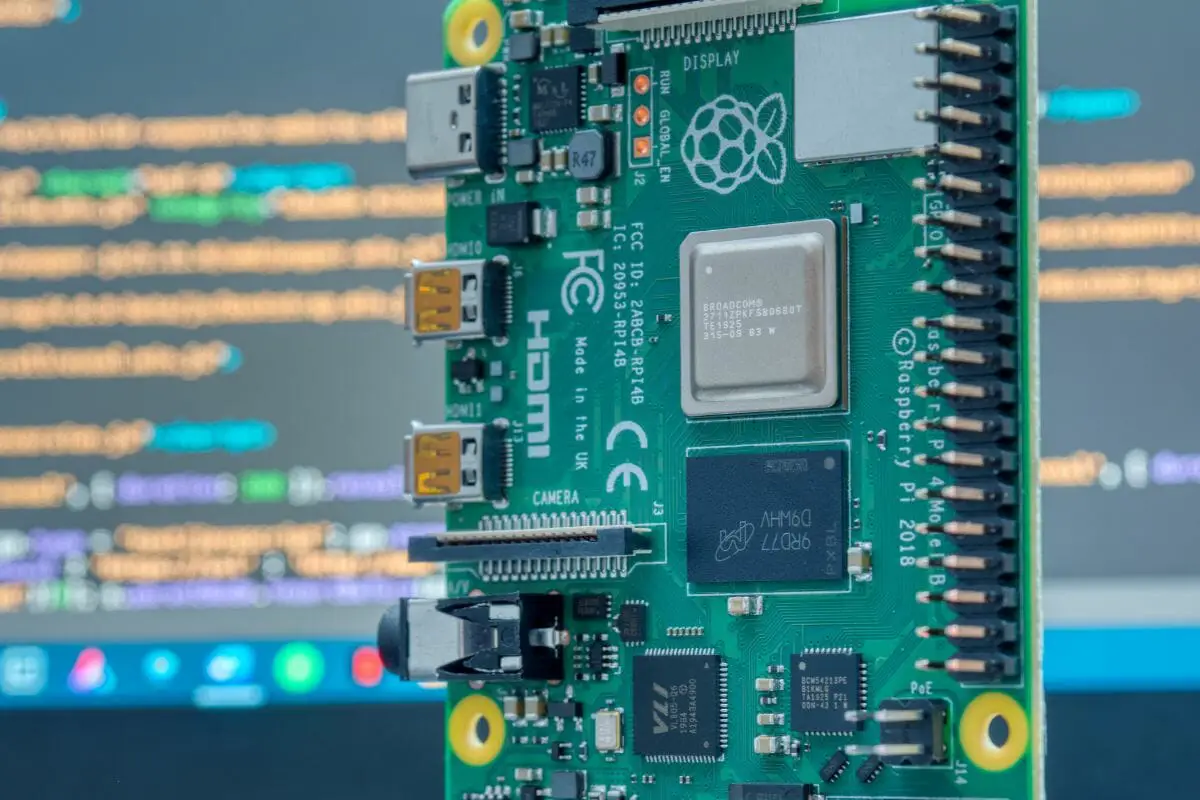SSH to Raspberry Pi behind a firewall without relying on free services is a common challenge for many tech enthusiasts and professionals. It requires a solid understanding of network configurations, port forwarding, and secure connection protocols. If you're looking to access your Raspberry Pi remotely without compromising security or relying on free third-party tools, this guide is exactly what you need.
Remote access to your Raspberry Pi can be an invaluable tool for managing servers, automating tasks, and monitoring systems. However, when your Raspberry Pi is behind a firewall, achieving this goal becomes more complex. This article will walk you through the steps to set up SSH access securely and efficiently, ensuring that your data remains protected while maintaining full control over your device.
By the end of this guide, you'll have a comprehensive understanding of how to configure SSH on your Raspberry Pi, set up port forwarding, and establish a secure connection without relying on free services that may compromise your privacy or security. Let's dive in!
Read also:Police Ill Be Watching You Understanding Surveillance And Law Enforcement In Modern Society
Table of Contents
- Introduction to SSH
- Raspberry Pi Basics
- Firewall Challenges
- Setting Up SSH on Raspberry Pi
- Configuring Port Forwarding
- Using Dynamic DNS
- Securing Your SSH Connection
- Troubleshooting Common Issues
- Alternatives to Free Services
- Conclusion
Introduction to SSH
Secure Shell (SSH) is a cryptographic protocol designed to provide secure communication over an unsecured network. It allows users to log into remote computers and execute commands securely. SSH is widely used for system administration, file transfers, and other network-related tasks.
When it comes to accessing a Raspberry Pi remotely, SSH is one of the most reliable methods. However, when your Raspberry Pi is behind a firewall, additional steps are required to ensure that the connection can be established without compromising security.
Understanding the basics of SSH is crucial before diving into the technical details of setting it up on your Raspberry Pi. This section will cover the fundamental concepts of SSH, including how it works, its benefits, and potential security concerns.
Raspberry Pi Basics
The Raspberry Pi is a small, affordable computer that has become incredibly popular among hobbyists, educators, and professionals. It is capable of performing a wide range of tasks, from running lightweight servers to powering complex robotics projects.
One of the key features of the Raspberry Pi is its ability to run Linux-based operating systems, which makes it highly customizable and versatile. For remote access, SSH is often the preferred method due to its simplicity and security.
Before proceeding with the setup, ensure that your Raspberry Pi is properly configured and running a supported operating system. Popular choices include Raspberry Pi OS and Ubuntu Server.
Read also:Exploring The Legacy Of Pavel Moreno An Indepth Look At His Journey And Achievements
Firewall Challenges
A firewall is a network security system that monitors and controls incoming and outgoing network traffic based on predetermined security rules. While firewalls are essential for protecting your network from unauthorized access, they can also pose challenges when trying to access devices remotely.
When your Raspberry Pi is behind a firewall, direct access via SSH is blocked by default. To overcome this, you need to configure your router to allow incoming SSH connections and forward them to your Raspberry Pi.
This section will explore the common challenges associated with firewalls and provide practical solutions to ensure seamless SSH access to your Raspberry Pi.
Setting Up SSH on Raspberry Pi
Enabling SSH on your Raspberry Pi is the first step toward remote access. This section will guide you through the process of setting up SSH on your device.
Enabling SSH
To enable SSH on your Raspberry Pi, follow these steps:
- Boot your Raspberry Pi and log in to the operating system.
- Open the terminal and type the following command to enable SSH:
sudo raspi-config
Select "Interfacing Options" and then enable SSH. Once enabled, reboot your Raspberry Pi to apply the changes.
Generating SSH Keys
SSH keys provide a more secure method of authentication compared to traditional passwords. To generate SSH keys, follow these steps:
- On your local machine, open the terminal and type the following command:
ssh-keygen -t rsa -b 4096
Follow the prompts to save the key and set a passphrase. Once the keys are generated, copy the public key to your Raspberry Pi using the following command:
ssh-copy-id pi@raspberrypi
Configuring Port Forwarding
Port forwarding allows you to direct incoming traffic from your router to a specific device on your network. To configure port forwarding for SSH, follow these steps:
- Log in to your router's administration interface.
- Locate the port forwarding settings and add a new rule.
- Set the external port to 22 (default SSH port) and the internal IP address to your Raspberry Pi's local IP address.
Save the settings and test the connection by attempting to SSH into your Raspberry Pi from an external network.
Using Dynamic DNS
Dynamic DNS (DDNS) is a service that automatically updates the DNS record associated with your changing IP address. This is particularly useful if your internet service provider assigns a dynamic IP address to your router.
To use DDNS, sign up for a free or paid DDNS service and configure your router to update the DNS record whenever your IP address changes. Popular DDNS providers include No-IP, DuckDNS, and Dynu.
Securing Your SSH Connection
Security is paramount when setting up SSH access to your Raspberry Pi. Here are some best practices to ensure your connection remains secure:
- Change the default SSH port from 22 to a non-standard port.
- Disable password authentication and rely solely on SSH keys.
- Limit SSH access to specific IP addresses using firewall rules.
- Regularly update your Raspberry Pi's operating system and software to patch vulnerabilities.
Implementing these security measures will significantly reduce the risk of unauthorized access to your device.
Troubleshooting Common Issues
Despite following the steps outlined in this guide, you may encounter issues when trying to SSH into your Raspberry Pi. Here are some common problems and their solutions:
- Connection refused: Ensure that SSH is enabled on your Raspberry Pi and that port forwarding is correctly configured on your router.
- Timeout errors: Verify that your Raspberry Pi's IP address is correct and that there are no firewall rules blocking the connection.
- Authentication failure: Double-check your SSH keys and ensure that password authentication is disabled if you're using key-based authentication.
Alternatives to Free Services
While free services like ngrok and localtunnel can facilitate SSH access to your Raspberry Pi, they may not be suitable for long-term use due to security concerns and limitations. Instead, consider using paid services or self-hosted solutions that offer greater control and security.
Some popular alternatives include:
- Tailscale: A secure mesh networking solution that simplifies remote access.
- Zerotier: A virtual network platform that allows you to create private networks across the internet.
- SSH tunnels: Establish a secure tunnel between your local machine and your Raspberry Pi using SSH.
Conclusion
In conclusion, SSH to Raspberry Pi behind a firewall without relying on free services is entirely possible with the right configuration and security measures in place. By enabling SSH, configuring port forwarding, and using dynamic DNS, you can achieve seamless remote access while maintaining the highest level of security.
We encourage you to share your experience and any additional tips in the comments section below. Don't forget to explore our other articles for more in-depth guides and tutorials on Raspberry Pi and networking topics. Happy tinkering! If you found this article helpful, consider sharing it with others who may benefit from it.


